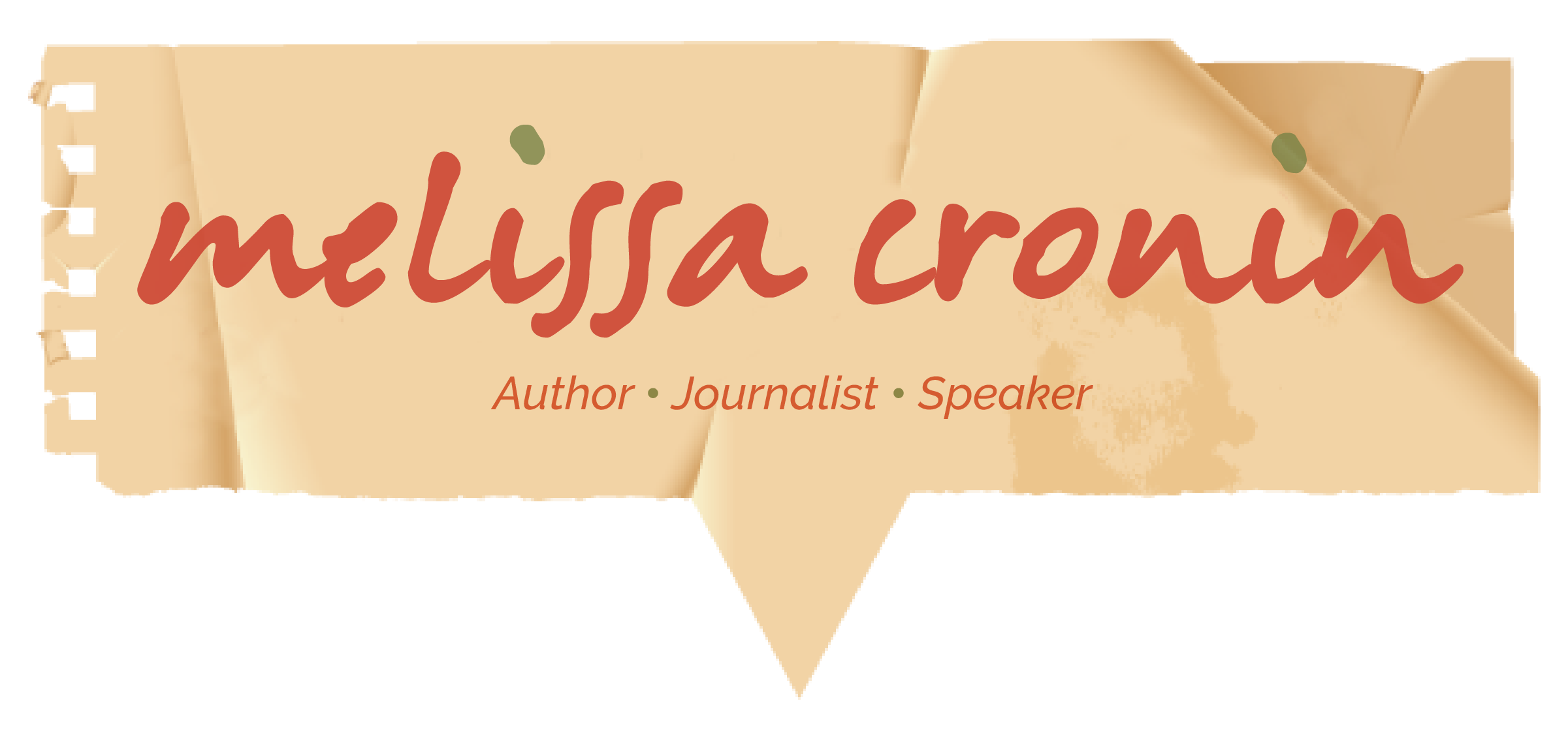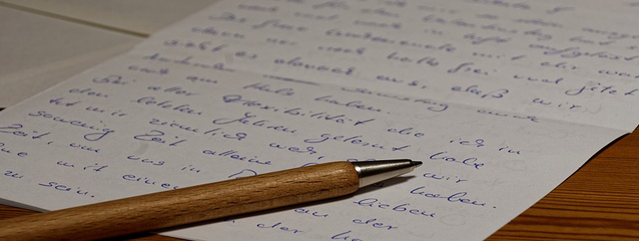How To Be Your Own Best Editor
Are you a writer who is wondering how to tackle editing your manuscript? As I edit my memoir, I think about the tips Ann Hood shared at the Muse and Marketplace last May in her workshop, “How To Be Your Own Best Editor.” I left the workshop with pages of a notebook filled with her savory tidbits, and re-read them again and again when I’m stuck. Here they are:
First, you need to develop writing habits that you can keep. And don’t allow anything to interfere with your writing time. If need be, Ann suggested finding a writer friend who is amendable to signing a contract with you.
Each day, before writing the next pages of her manuscript, Ann reads aloud what she wrote the day before, and edits at she goes along (it’s too easy to skim over awkward sentences and words when reading silently). She could not have emphasized this enough: When writing first chapters, start where something happens rather than with backstory. While working on those first pages, Ann reminded us to avoid starting with clichés like long descriptions of the weather, or a scene where someone is waking up. As she said, we all wake up the same way: we crawl out of bed, and rub the sleep from our eyes as we shuffle to the bathroom, pee, brush our teeth, etc. I believed it when Ann declared that first chapters tend to get revised the most – I’ve lost count as to how many times I’ve deleted the first chapter of my memoir in progress and have had to start all over again. This happens because we usually start the piece in the wrong place, and believe that’s exactly where the book should start.
On a micro editing level, Ann cautioned against overuse of the verb to be, as in, “she was walking.” Instead, write this: “She walked.” Similarly, she advised to watch out for extraneous and vague descriptors like “so,” “awesome,” and “meanwhile.” The same goes for words like “smile,” “look, and” laugh.” A recent word count of my two-hundred-fifty-page memoir revealed fifty smiles, and at least seventy looks. Ann suggests we strive for something that is uniquely revealing to your character, such as picking at knuckles to show a nervous response. Here’s another micro editing detail worth jotting down on a Post-it and sticking on your desk: make sure the beginnings and ends of scenes and chapters are resonant.
On a more global point, Ann referred to Grace Paley’s assertion that every story is two stories: the one on the surface and the one bubbling beneath. The climax is when they collide. The external conflict is the plot, or the tangible parts of the story, whereas the internal conflict is a need.
Ann also alluded to Flannery O’Conner, who said writing is painting a picture with words. Or, rather than stating emotions, show them. How is your character sad, angry, or lonely? And don’t forget to have the protagonist do three essential things along the way: React, reply, reflect. As for dialogue, it should do more than offer information. It should advance the conflict, develop character, move the story forward. Of course, you can’t forget the setting – every scene should have one. Is it in a hospital, an office, at the beach?
When finished with a complete draft, Ann urged us to put it away for three months before sending it out to agents (at the very least, one month). Why? She summed it up in an Allen Ginsberg quote: “To regain your voice, you need to forget you ever heard it.” Now that’s worth writing down on a Post-it.
Please feel free to share any thoughts, questions, or insights.


Recent Comments